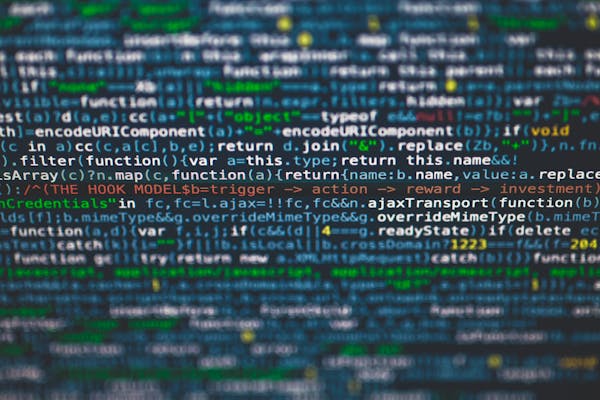
Understanding the Data Science Process in Data Analysis
An overview of the data science process in data analysis, highlighting key steps and methodologies for effective results.
09/19/2024
Introduction to the Data Science Process
The data science process is essential for extracting insights and value from data. It encompasses several key steps that guide data analysts and scientists in their work. This guide provides an overview of the data science process and highlights the methodologies that are crucial for effective data analysis.
Key Steps in the Data Science Process
The data science process typically involves the following steps:
- Data Collection
- Data Cleaning
- Data Exploration
- Data Modeling
- Data Interpretation
Data Collection Gathering Relevant Data
Data collection is the first step in the data science process. It involves gathering relevant data from various sources such as databases, APIs, and online surveys. The quality of the data collected is critical for the subsequent steps in the process.
Data Cleaning Ensuring Data Quality
Once gathered, the next step is data cleaning. This involves identifying and correcting errors or inconsistencies within the data. Common tasks in this step include handling missing values, removing duplicates, and correcting formatting issues. High-quality data is essential for accurate analysis.
Data Exploration Understanding the Data
Data exploration, also known as exploratory data analysis (EDA), involves analyzing the data to understand its structure and characteristics. This step may include generating descriptive statistics, visualizations, and identifying patterns or trends. EDA helps inform the modeling process.
Data Modeling Applying Analytical Techniques
Data modeling is the step where statistical and machine learning techniques are applied to the cleaned and explored data. Various algorithms may be used depending on the analysis goal, such as regression analysis for prediction or clustering techniques for grouping similar data points.
Data Interpretation Drawing Insights
Finally, data interpretation involves translating the results of the data modeling into actionable insights. This step includes communicating findings to stakeholders through reports, presentations, or visualizations to support data-driven decision-making.
Best Practices in the Data Science Process
- Begin with a clear understanding of the problem to guide data collection and analysis.
- Ensure data quality through careful cleaning and validation steps.
- Utilize visualizations to explore data and present findings effectively.
- Collaborate with domain experts to enhance analysis and interpretation.
- Iterate through the process as new data becomes available or as models need refinement.
Advanced Techniques in Data Science
- Time Series Analysis: Analyzing data points collected or recorded at time intervals.
- Natural Language Processing: Applying algorithms to process and analyze textual data.
- Deep Learning: Utilizing neural networks to understand complex patterns in large datasets.
- Predictive Analytics: Leveraging historical data to predict future trends and outcomes.
Conclusion
Understanding the data science process is crucial for effective data analysis. By following key steps and best practices, analysts can generate valuable insights that drive informed decisions and strategies. Embracing advanced techniques further enhances the ability to derive meaningful conclusions from data.
On This Page
Related Blogs
Tranding Blogs.

